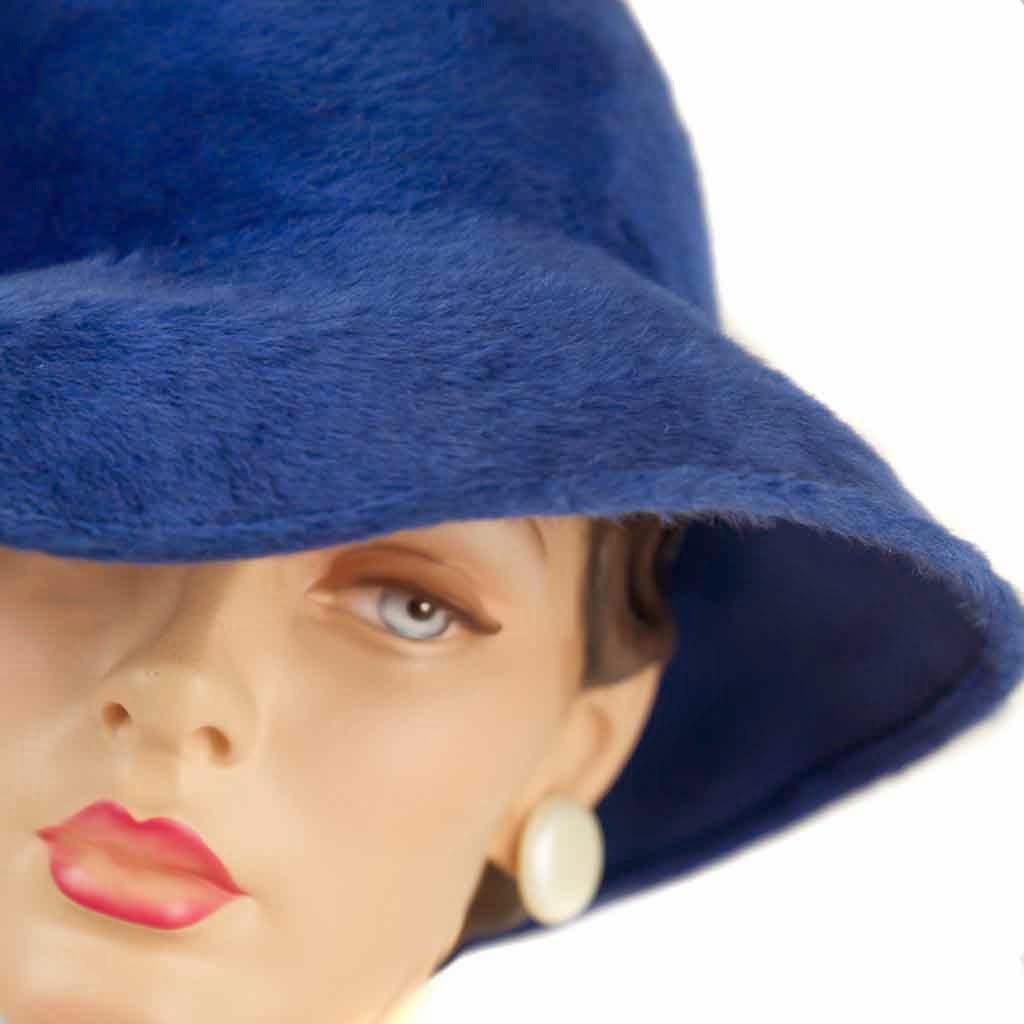True Americana.
Hauntingly beautiful…these exquisite silk lace gloves from circa 1861.
They are approximately 153 years old and are indeed from the American Civil War period. They are also the largest sized gloves from this era that we have had the pleasure in handling.
They come from a New Hampshire estate and their original owner was not identified. The gloves were found crumpled and had been obviously stored in an old trunk in an attic for well over a century in time. We weren’t sure what would happen, but we took the risk and took them back to the Studio here at The Gilded Griffin and handed them over to our conservationist.
The result is breathtaking.
The cleaning took nearly 2 weeks and was finished using museum archival conservation standards. No bleach was used. The gloves will require archival tissue storage, and should remain beautiful for many decades to come.
The gloves are fingerless aside from the thumb and are in overall excellent condition aside from a tiny snag on the palm (obvious in the photograph attached) and an even less obvious snag on the back of the left hand. These would make ideal candidates for restoration. Certainly, these will make any Civil War reenactor’s heart beat a little faster because they will make a glorious pattern for both study and replication.
We have attached a digital copy of an ambrotype from the collections in the U.S. Library of Congress. Please reference hdl.loc.gov/loc.pnp/ppmsca.34959).
The image, dated to circa 1861 and listed as American Civil War era, shows a woman wearing similar gloves. As a side note just for extra interest, it should be noted that the gloves in this image are likely dyed to match her hat and the darker color found in her brightly colored dress. They were quite likely not black as many people often believe due to early photographic technologies.
Fingerless gloves or half gloves are worn throughout history, but certain patterns and lengths can help to identify their age. “Godey’s Lady’s Book” from 1841 shows women wearing ball gowns with fingerless lace gloves. Although similar in length, mesh style and edging the lace gloves from this earlier period are plainer in style. They also do not have thumbs or fingers, although they do end halfway down the palm.
These particular Civil War era gloves feature intricately detailed lace edgings against the mesh and also have tiny ruffles that are accentuated when tied.
The workmanship on these glistening silk gloves is masterful. The intricate lacework requires magnification to see its superfine detail. The gloves are the color of ivory…the color only found in natural silk…and they shimmer in the light. They are entirely original right down to the finely woven silk lacings used to tie them in place along the edge of the wrist and slightly up the arm.
The glove design is perfection in creative problem solving. The ties are adjustable, allowing the wrist and fingers to move without risk of pulling or breaking the gloves.
They are in excellent overall condition best described as excellent. They are larger than any we have ever found from this era and easily fit up to a slim glove size of 7.5.
They are quite flexible and strong enough for gentle wear, although we caution against this to collectors because their long term value will only be maintained if they remain in this marvelous condition.
The total length is 7-1/8 inches or 18cm. The palm measurement is 5-3/4 inches or 14.5 cm.


















































